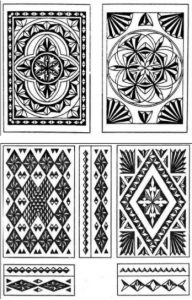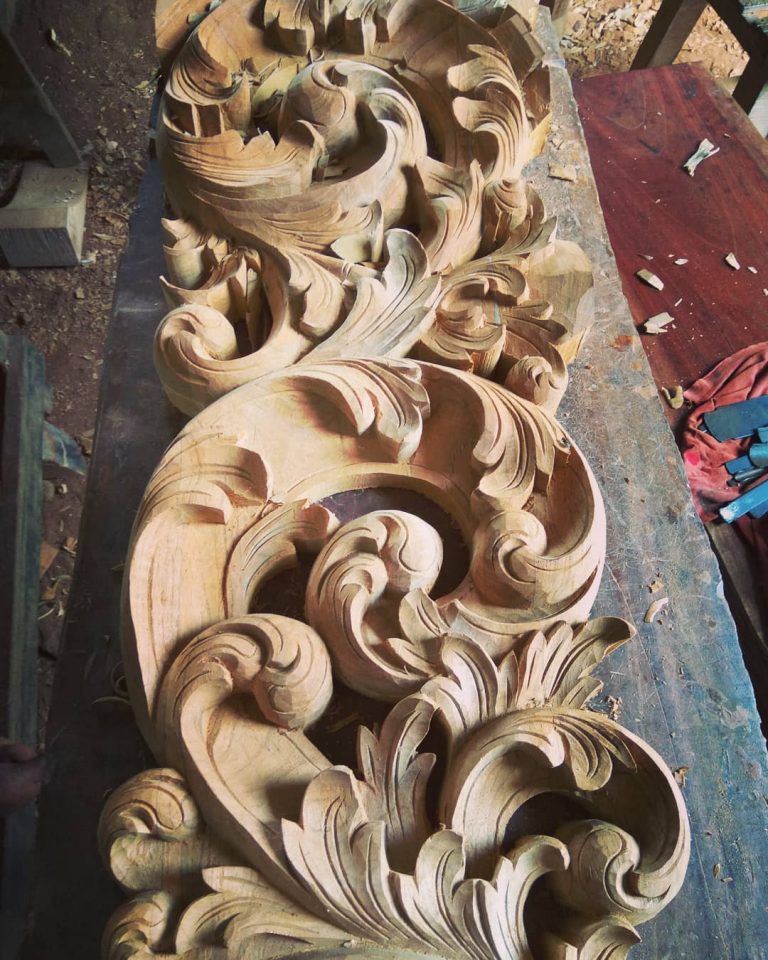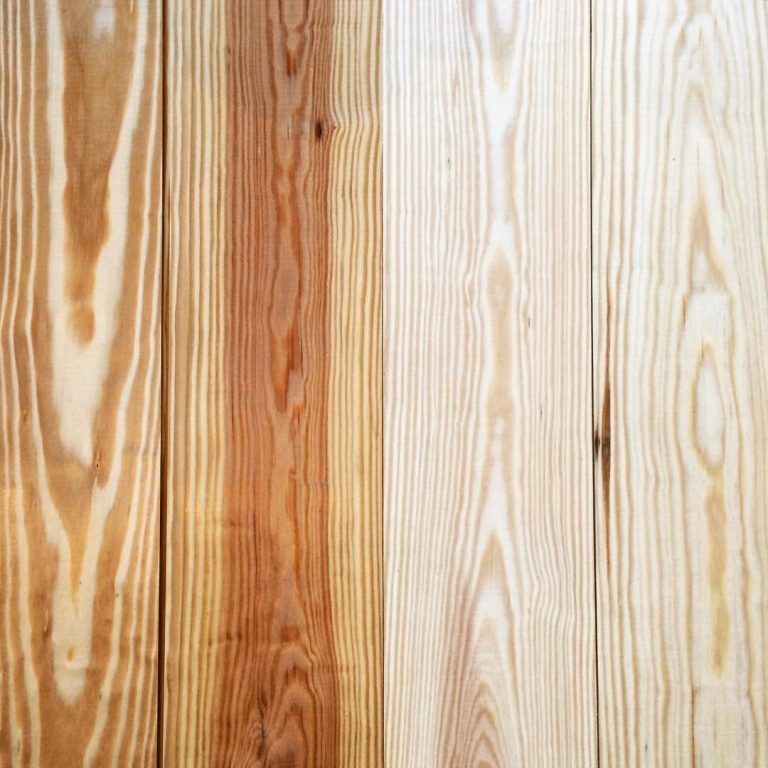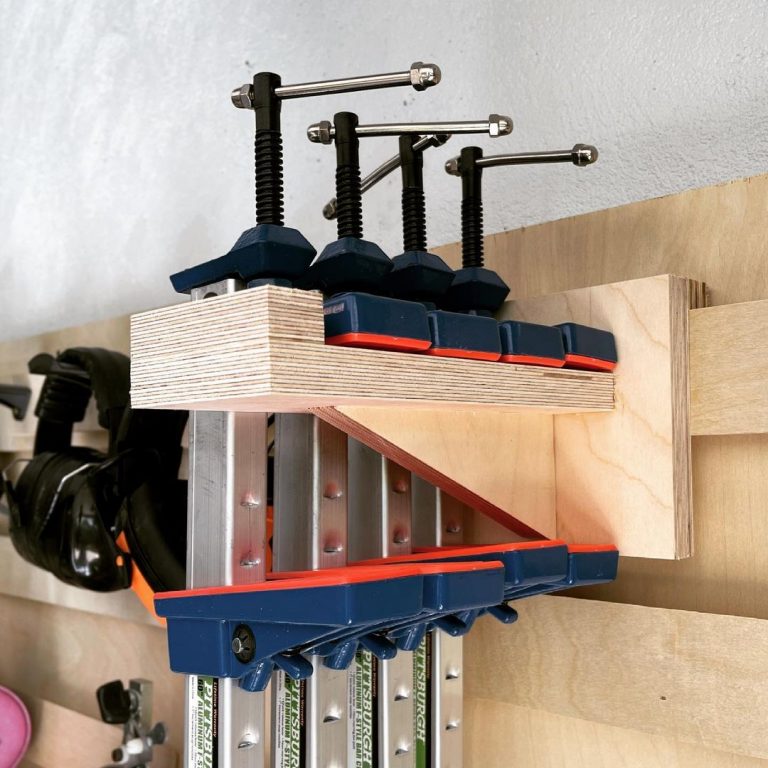There is probably no need to tell in detail about the techniques and methods of geometric (or, as it is also called, triangular-embossed, and in Europe – carbschnitic) carving. Almost every previously published book on woodcarving describes this folk way of decorating everyday life quite well. Of particular interest is the book by L.P. Levin “Woodcarving” (1957). Geometric carving, while giving household items an artistic look, simultaneously teaches diligence and accuracy, trains the accuracy of the eye and hand, which is very useful in the future. This type of carving is technically simple to perform, does not require any special skills, the main thing – the desire and effort. It also does not require a complex tool. I want to note that this technique is quite successfully mastered by women. Their hands cope well with repetitive elements. For carving should choose soft non-textured species: lime, aspen, alder. Poplar is too soft, crumpling even under a sharp knife. Gained experience, cope quite with the birch, mahogany. Pine is flaky and brittle, but allows you to cut the large details of the ornament. For oak you need considerable physical effort, but the ornament is beautiful, with a dense shiny cut.

I will focus on the technique of cutting the simplest triangle, on the basis of which most of the elements and compositions are built. You already have the skill of contour carving straight and rounded lines, now take the first steps to new discoveries, but before you do, remember a few rules:
– The cut can be made at once in one movement, except when the elements of the drawing are very large or the material has a high hardness;
– keeping one angle of inclination in the work on the whole composition is obligatory, if no variants are provided;
– if possible, do not trim against the layer, there may be chipping;
– for carving, use a sturdy but thin jamb, so as to move the layers apart as little as possible.
The variety of geometric carving elements (lines and triangles, squares and rhombuses, eyes and scales, see Fig. 4.14) provides a wide scope for imagination in composing ornamental compositions.



